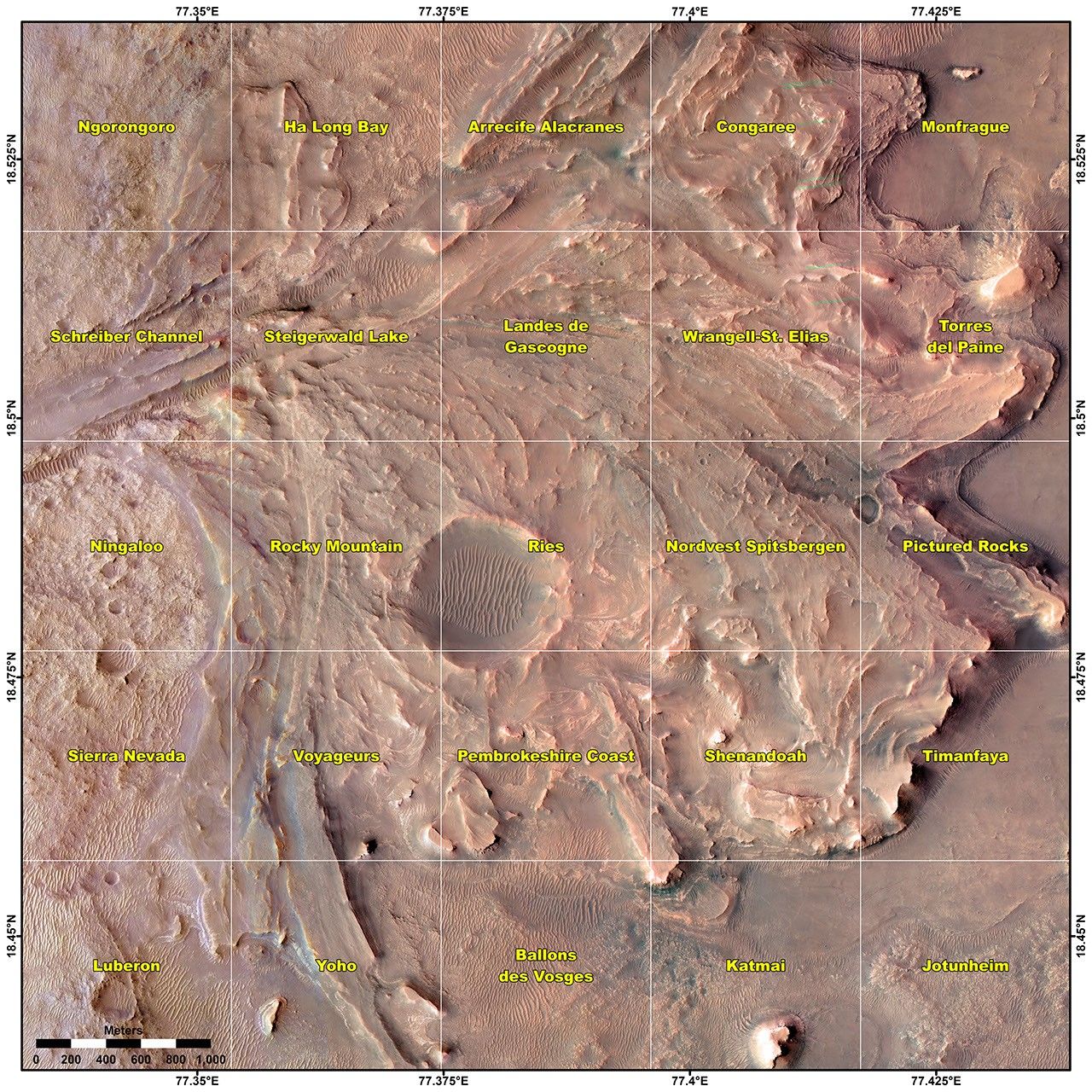Researchers say they are one step closer to finding out if life ever existed on Mars.
An international team has found “compelling evidence” of multiple mineral-forming events just below the planet’s surface.
“Sulphate minerals exist with different amounts of water in most regions on Mars and allow us to understand how water moved around the planet, which is key to understanding its past habitability,” Dr. Michael Jones, of Queensland University of Technology in Australia, said in a statement.

“However, we don’t yet fully understand how or when these minerals formed,” he added. “Our team found a way to measure the internal crystal structure of these minerals directly in the rock, which had thought to be impossible on the surface of Mars.”
Jones is a co-author of the findings which were published Wednesday in the journal Science Advances.
To find the evidence, the study’s authors used data from NASA’s Perseverance rover. The rover has been exploring the Red Planet’s Jezero Crater since February 2021 and picking up samples of rock — hoping to find signs of ancient microbial life.

They adapted a new analytical method called “X-ray Backscatter Diffraction Mapping” to work with the rover’s Planetary Instrument for X-ray Lithochemistry instrument, which helps to study the internal chemistry of Mars rocks. Diffraction mapping uses patterns to create maps of the properties of material, including where crystals are found.
With this method and the rover’s data, the team could determine the orientation of the crystal structures of the Martian minerals, providing a “fingerprint” showing how and when they grew, as well as in what conditions.
In part of Jezero Crater known as the Shenandoah formation, two generations of calcium sulfate minerals formed beneath the surface. Calcium sulfate is a naturally occurring mineral that is commonly found in gypsum: a mineral used in brewing beer and other products.
“This discovery highlights the diversity of environments that existed in the Shenandoah formation’s history — indicating multiple potential windows when life might have been possible on Mars,” Jones said.


